Eli Lotar (1905-1969)
14 Feb - 28 May 2017
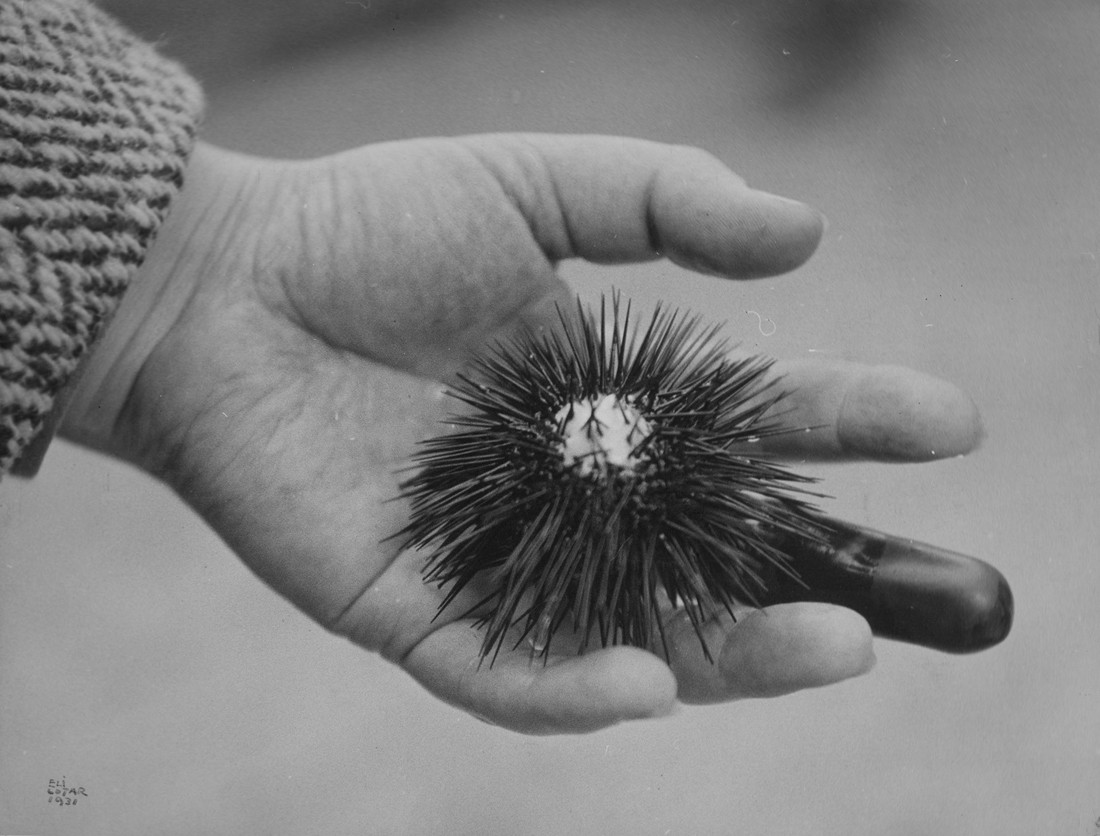
Eli Lotar
Sans titre, 1931
Épreuve gélatino-argentique d’époque, 29,9 x 39,3 cm.
Don de M. Jean-Pierre Marchand en 2009, collection Centre Pompidou, Paris, MNAM-CCI. © Eli Lotar
Sans titre, 1931
Épreuve gélatino-argentique d’époque, 29,9 x 39,3 cm.
Don de M. Jean-Pierre Marchand en 2009, collection Centre Pompidou, Paris, MNAM-CCI. © Eli Lotar
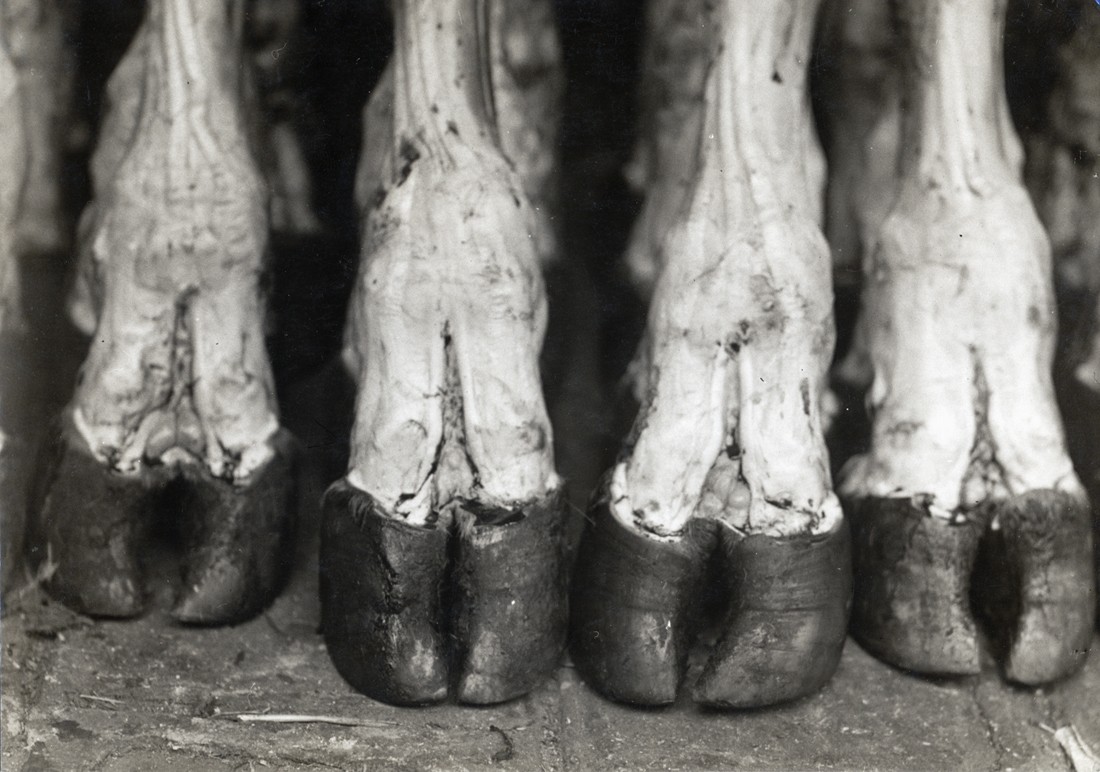
Eli Lotar
La Viande, 1929
Épreuve gélatino-argentique d’époque, 15,5 x 22,2 cm.
Amsab-Institut d’Histoire Sociale, Gand. © Eli Lotar
La Viande, 1929
Épreuve gélatino-argentique d’époque, 15,5 x 22,2 cm.
Amsab-Institut d’Histoire Sociale, Gand. © Eli Lotar

Eli Lotar
Aux abattoirs de la Villette, 1929
Épreuve gélatino-argentique d’époque, 24 x 18 cm.
Collection Centre Pompidou, Paris, MNAM-CCI. © Eli Lotar
Aux abattoirs de la Villette, 1929
Épreuve gélatino-argentique d’époque, 24 x 18 cm.
Collection Centre Pompidou, Paris, MNAM-CCI. © Eli Lotar

Eli Lotar
Sans titre, Vers 1930-1934
Épreuve gélatino-argentique d’époque, 40 x 30 cm.
Don de M. Jean-Pierre Marchand 2009, collection Centre Pompidou, Paris, MNAM-CCI. © Eli Lotar
Sans titre, Vers 1930-1934
Épreuve gélatino-argentique d’époque, 40 x 30 cm.
Don de M. Jean-Pierre Marchand 2009, collection Centre Pompidou, Paris, MNAM-CCI. © Eli Lotar
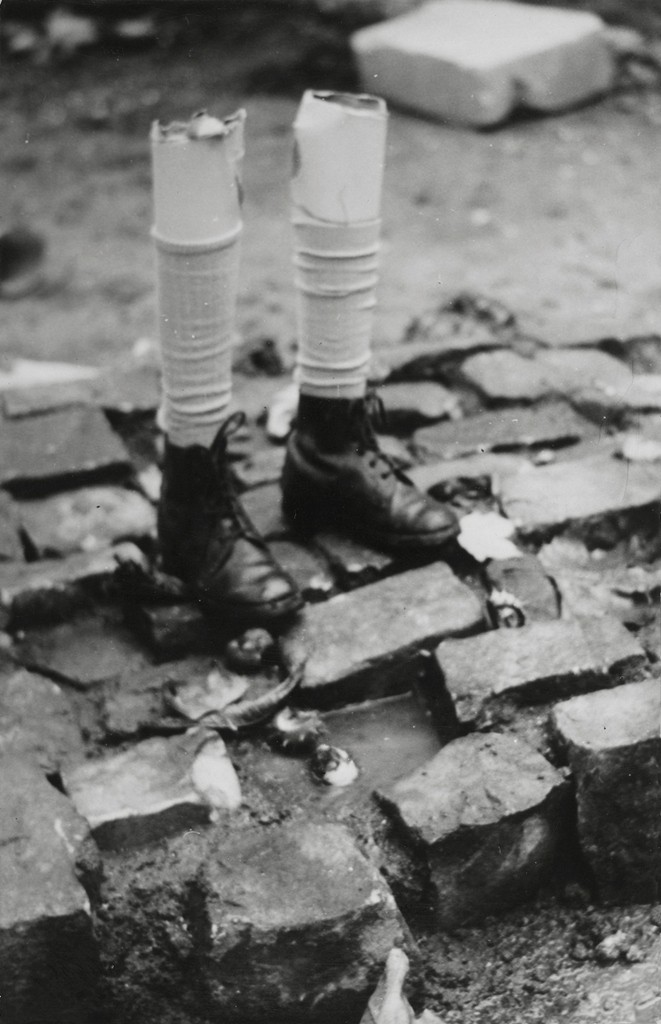
Eli Lotar
Punition, 1929
Épreuve gélatino-argentique d’époque, 18,5 x 13 cm.
Achat grâce au mécénat de Yves Rocher, 2011. Ancienne collection Christian Bouqueret, collection Centre Pompidou, Paris, MNAM-CCI. © Eli Lotar
Punition, 1929
Épreuve gélatino-argentique d’époque, 18,5 x 13 cm.
Achat grâce au mécénat de Yves Rocher, 2011. Ancienne collection Christian Bouqueret, collection Centre Pompidou, Paris, MNAM-CCI. © Eli Lotar
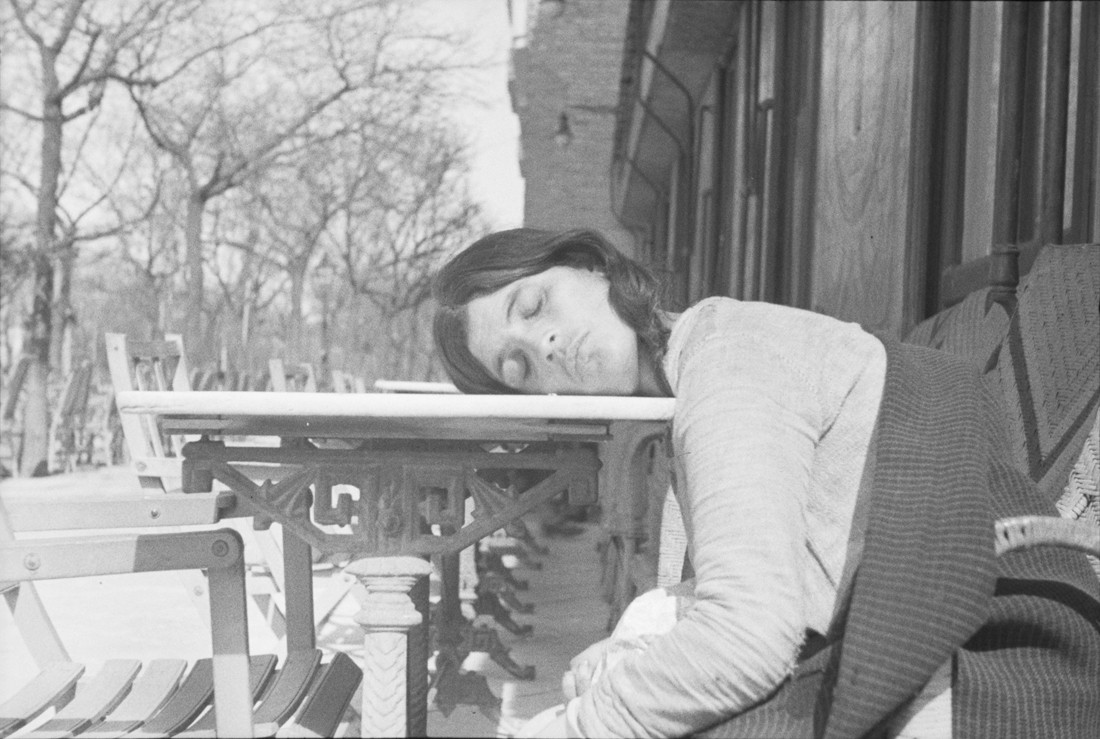
Eli Lotar
Madrid, 1936
Épreuve gélatino-argentique d’époque, 21,4 x 30 cm.
Archives Tériade, musée départemental Matisse, Le Cateau-Cambrésis. © Eli Lotar
Madrid, 1936
Épreuve gélatino-argentique d’époque, 21,4 x 30 cm.
Archives Tériade, musée départemental Matisse, Le Cateau-Cambrésis. © Eli Lotar
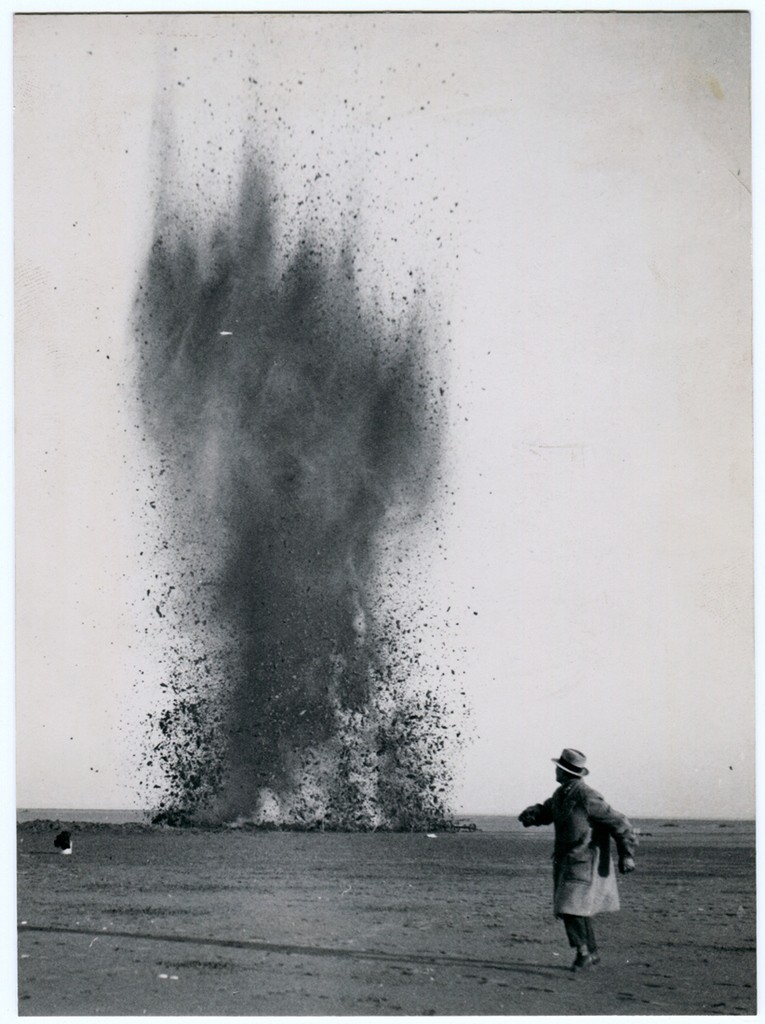
Eli Lotar
Travaux d’assèchement du Zuyderzee, Pays-Bas, 1930
Épreuve gélatino-argentique d’époque, 17,4 x 12,8 cm.
Archives Tériade, musée départemental Matisse, Le Cateau-Cambrésis. © Eli Lotar
Travaux d’assèchement du Zuyderzee, Pays-Bas, 1930
Épreuve gélatino-argentique d’époque, 17,4 x 12,8 cm.
Archives Tériade, musée départemental Matisse, Le Cateau-Cambrésis. © Eli Lotar

Eli Lotar
Madrid (Manifestation du Front Populaire après les élections février 1936), 1936
Épreuve gélatino-argentique d’époque, 19,2 x 26,6 cm.
Don de M. Jean-Pierre Marchand 2009, collection Centre Pompidou, Paris, MNAM-CCI. © Eli Lotar
Madrid (Manifestation du Front Populaire après les élections février 1936), 1936
Épreuve gélatino-argentique d’époque, 19,2 x 26,6 cm.
Don de M. Jean-Pierre Marchand 2009, collection Centre Pompidou, Paris, MNAM-CCI. © Eli Lotar
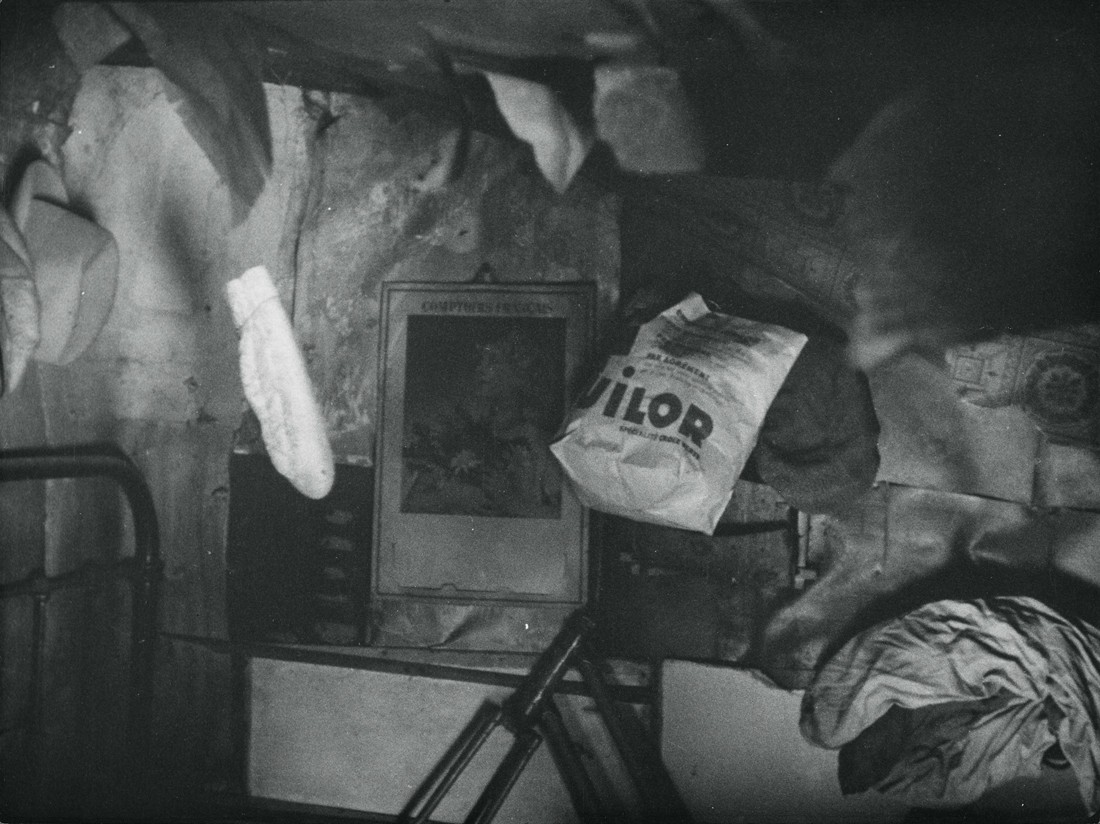
Eli Lotar
Aubervilliers (Film), 1945-1946
Épreuve gélatino-argentique d’époque, 18 x 24 cm.
Don de M. Jean-Pierre Marchand 2009, collection Centre Pompidou, Paris, MNAM-CCI. © Eli Lotar
Aubervilliers (Film), 1945-1946
Épreuve gélatino-argentique d’époque, 18 x 24 cm.
Don de M. Jean-Pierre Marchand 2009, collection Centre Pompidou, Paris, MNAM-CCI. © Eli Lotar
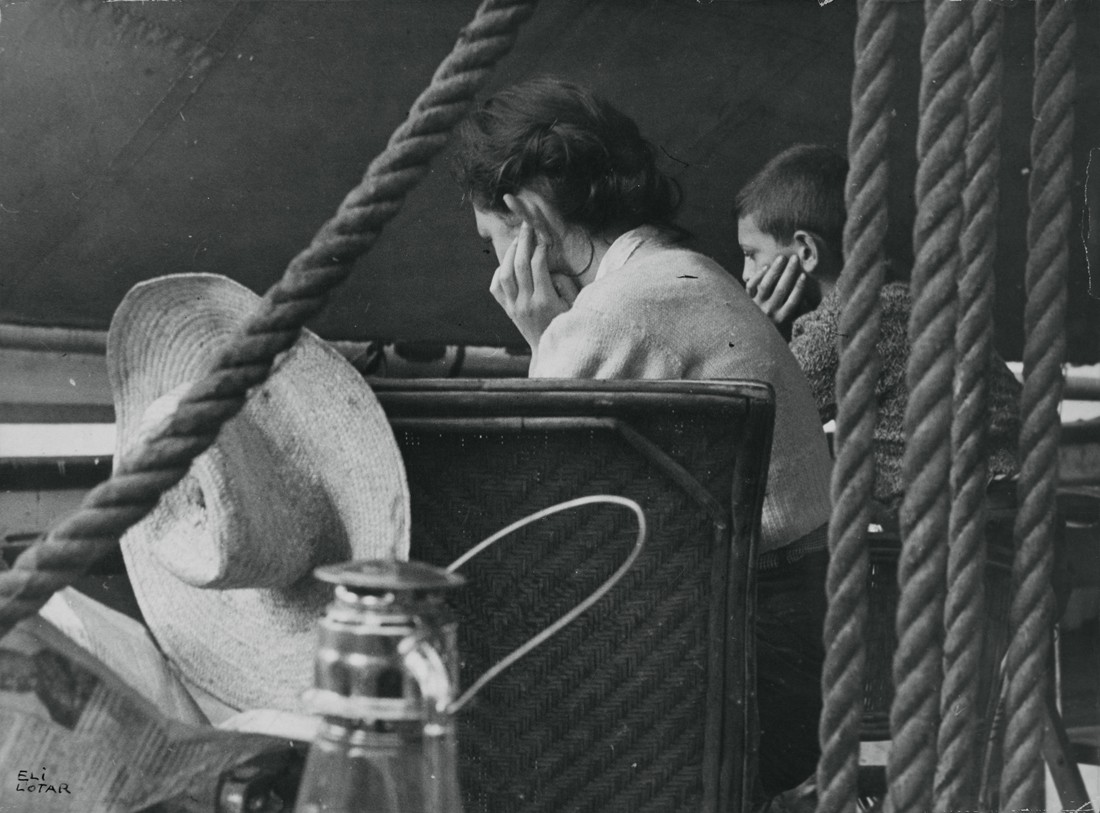
Eli Lotar
Sans titre, Vers 1933-1935
Épreuve gélatino-argentique d’époque, 28,9 x 38,9 cm.
Don de M. Jean-Pierre Marchand en 2009, collection Centre Pompidou, Paris, MNAM-CCI. © Eli Lotar
Sans titre, Vers 1933-1935
Épreuve gélatino-argentique d’époque, 28,9 x 38,9 cm.
Don de M. Jean-Pierre Marchand en 2009, collection Centre Pompidou, Paris, MNAM-CCI. © Eli Lotar
ELI LOTAR (1905-1969)
14 February - 28 May 2017
French photographer and cinematographer of Romanian origin, Eli Lotar (Eliazar Lotar Teodorescu, Paris, 1905 - 1969) arrived in France in 1924 and rapidly became one of the first avant-garde photographers in Paris. Close to Germaine Krull —Lotar worked as her apprentice for a time —and later to the Surrealists, his work was published in many of the avant-garde publications of the day, and featured in several major international photography exhibitions, including Fotographie der Gegenwart, Film und Foto, Documents de la vie sociale, etc.
The Eli Lotar Retrospective (1905 – 1969) allows visitors to discover the scope of Lotar’s work from a new light and reveals the role of this important figure in modern photography. The exhibition is organized around key themes ranging from the New Vision Movement to documentary film, as well as Lotar’s urban, industrial and maritime landscapes. A selection of portraits taken by the photographer can also be seen, revealing his interest in having his models adopt various poses for the camera. They also demonstrate the close ties he had to many of the leading artists of his day.
Eli Lotar’s social and political interests and his penchant for collective projects can be revealed in his numerous collaborations with avant-garde writers (Jacques Prévert, Georges Bataille, and the magazine, Documents), as well as figures from the world of theatre (Antonin Artaud and Roger Vitrac), and well-known film directors (Joris Ivens, Alberto Cavalcanti and Luis Buñuel), all of whom were affected by the troubled socio-political climate of the 1930s.
The exhibition brings together over one hundred vintage prints taken from approximately fifteen different collections and international institutions, as well as a selection of a hundred or so documents (books, magazines, letters, negatives, films) illustr ating the diversity and scope of Eli Lotar’s work. The exhibition is organized into five thematic sections. The work however, is not necessarily presented in chronological order.
The first two sections of the exhibition—“Nouvelle Vision” and “Déambulations urbaines”—are devoted to Eli Lotar’s documentary photography, primarily for the illustrated press. The public is plunged into the universe of the photographer, who had become known f or the singularity of his work since the late 1920s. Reproductions of period magazines (VU, L’Art Vivant, Arts et métiers graphiques, Jazz, Bifur) show a selection of some of Lotar’s numerous publications from the period. The vintage prints and photographs reproduced from negatives, as well as the documents on show in these two sections illustrate Lotar’s talent and reputation amongst European avant-garde photographers.
Drawn to the world of cinema, from 1929 onward, Lotar participated in the production of a number of documentary films, working alongside film-makers like Joris Ivens and Luis Buñuel. The third section of the exhibition is devoted to Lotar’s socio-political work through a selection of photographs and films that capture the social and political complexity of the interwar period, as may be seen, for example, in the crude realism of his series on Abattoirs (1929) or through his collaboration on Terre sans pain (1933)—the only documentary produced by Luis Buñuel. The film showed the deplorable living conditions of the inhabitants of the remote and arid region of Las Hurdes in Spain. Lotar’s involvement with film-makers working in the emerging documentary genre would have a strong impact on his own car eer. After the war, he would produce Aubervilliers (1945), a poetic documentary on the life of those living in the slums of this par ticular area of the French capital.
The last two sections of the exhibition focus on Lotar’s rewarding artistic and literary friendships throughout his life. Viewers can see rare images from his travels, as well as a series of images depicting various figures from Antonin Artaud‘s Théâtre d’Alfred Jarry playfully posing for the camera. In his collaborations with numerous artists, playwrights and poets, Lotar put his artistic and technical know-how to use (particularly in terms of lighting and framing), both in his travels around the Mediterranean region with Jacques-Bernard Brunius and Roger Vitrac, and his photomontages for Antonin Artaud’s Théâtre Alfred Jarry. Here, we can also see images from Lotar’s close friendship with Alberto Giacometti (Lotar would be the sculptor ’s last male model).
Eli Lotar’s contribution to Modernism has benefited from a belated recognition however. It wasn’t until the early 1990s that a first retrospective was devoted to the artist’s work at the Centre Pompidou. Since then, greater research into the fields of Surrealism and interwar photography, as well as cinema, has allowed experts and the public alike to consider Lotar’s work in a new light and to appreciate the singularity of his career and visual universe. This retrospective exhibition was co-produced by the Jeu de Paume and the Centre Pompidou Paris and includes work from the photographic archives of the Centre Pompidou, as well as vintage prints from a variety of international institutions and collections.
Curators: Damarice Amao, Clément Chéroux and Pia Viewing
An exhibition celebrating the 40th anniversary of the Centre Pompidou, co-produced by the Centre Pompidou and the Jeu de Paume.
To share its anniversary with a wider audience, the Centre Pompidou will be presenting a completely new programme of exhibitions, outstanding loans and various events everywhere in France throughout the year.
Exhibitions, shows, concerts and meetings will be staged in 40 French cities in partnership with museums, contemporary art centres, performance halls, a festival, a key player in France’s cultural and artistic fabric and many more.
At the crossroads of different disciplines, like the Centre Pompidou, this programme show the Centre Pompidou’s commitment, since its creation, side by side with the cultur al institutions throughout France —essential players in the dissemination and development of art in our time.
MEDIA PARTNERS
À Nous Paris, de l’air, France Culture, Time Out and Paris Première.
The Institut Culturel Roumain of Paris brings its support to the exhibition "Eli Lotar (1905-1969)"
14 February - 28 May 2017
French photographer and cinematographer of Romanian origin, Eli Lotar (Eliazar Lotar Teodorescu, Paris, 1905 - 1969) arrived in France in 1924 and rapidly became one of the first avant-garde photographers in Paris. Close to Germaine Krull —Lotar worked as her apprentice for a time —and later to the Surrealists, his work was published in many of the avant-garde publications of the day, and featured in several major international photography exhibitions, including Fotographie der Gegenwart, Film und Foto, Documents de la vie sociale, etc.
The Eli Lotar Retrospective (1905 – 1969) allows visitors to discover the scope of Lotar’s work from a new light and reveals the role of this important figure in modern photography. The exhibition is organized around key themes ranging from the New Vision Movement to documentary film, as well as Lotar’s urban, industrial and maritime landscapes. A selection of portraits taken by the photographer can also be seen, revealing his interest in having his models adopt various poses for the camera. They also demonstrate the close ties he had to many of the leading artists of his day.
Eli Lotar’s social and political interests and his penchant for collective projects can be revealed in his numerous collaborations with avant-garde writers (Jacques Prévert, Georges Bataille, and the magazine, Documents), as well as figures from the world of theatre (Antonin Artaud and Roger Vitrac), and well-known film directors (Joris Ivens, Alberto Cavalcanti and Luis Buñuel), all of whom were affected by the troubled socio-political climate of the 1930s.
The exhibition brings together over one hundred vintage prints taken from approximately fifteen different collections and international institutions, as well as a selection of a hundred or so documents (books, magazines, letters, negatives, films) illustr ating the diversity and scope of Eli Lotar’s work. The exhibition is organized into five thematic sections. The work however, is not necessarily presented in chronological order.
The first two sections of the exhibition—“Nouvelle Vision” and “Déambulations urbaines”—are devoted to Eli Lotar’s documentary photography, primarily for the illustrated press. The public is plunged into the universe of the photographer, who had become known f or the singularity of his work since the late 1920s. Reproductions of period magazines (VU, L’Art Vivant, Arts et métiers graphiques, Jazz, Bifur) show a selection of some of Lotar’s numerous publications from the period. The vintage prints and photographs reproduced from negatives, as well as the documents on show in these two sections illustrate Lotar’s talent and reputation amongst European avant-garde photographers.
Drawn to the world of cinema, from 1929 onward, Lotar participated in the production of a number of documentary films, working alongside film-makers like Joris Ivens and Luis Buñuel. The third section of the exhibition is devoted to Lotar’s socio-political work through a selection of photographs and films that capture the social and political complexity of the interwar period, as may be seen, for example, in the crude realism of his series on Abattoirs (1929) or through his collaboration on Terre sans pain (1933)—the only documentary produced by Luis Buñuel. The film showed the deplorable living conditions of the inhabitants of the remote and arid region of Las Hurdes in Spain. Lotar’s involvement with film-makers working in the emerging documentary genre would have a strong impact on his own car eer. After the war, he would produce Aubervilliers (1945), a poetic documentary on the life of those living in the slums of this par ticular area of the French capital.
The last two sections of the exhibition focus on Lotar’s rewarding artistic and literary friendships throughout his life. Viewers can see rare images from his travels, as well as a series of images depicting various figures from Antonin Artaud‘s Théâtre d’Alfred Jarry playfully posing for the camera. In his collaborations with numerous artists, playwrights and poets, Lotar put his artistic and technical know-how to use (particularly in terms of lighting and framing), both in his travels around the Mediterranean region with Jacques-Bernard Brunius and Roger Vitrac, and his photomontages for Antonin Artaud’s Théâtre Alfred Jarry. Here, we can also see images from Lotar’s close friendship with Alberto Giacometti (Lotar would be the sculptor ’s last male model).
Eli Lotar’s contribution to Modernism has benefited from a belated recognition however. It wasn’t until the early 1990s that a first retrospective was devoted to the artist’s work at the Centre Pompidou. Since then, greater research into the fields of Surrealism and interwar photography, as well as cinema, has allowed experts and the public alike to consider Lotar’s work in a new light and to appreciate the singularity of his career and visual universe. This retrospective exhibition was co-produced by the Jeu de Paume and the Centre Pompidou Paris and includes work from the photographic archives of the Centre Pompidou, as well as vintage prints from a variety of international institutions and collections.
Curators: Damarice Amao, Clément Chéroux and Pia Viewing
An exhibition celebrating the 40th anniversary of the Centre Pompidou, co-produced by the Centre Pompidou and the Jeu de Paume.
To share its anniversary with a wider audience, the Centre Pompidou will be presenting a completely new programme of exhibitions, outstanding loans and various events everywhere in France throughout the year.
Exhibitions, shows, concerts and meetings will be staged in 40 French cities in partnership with museums, contemporary art centres, performance halls, a festival, a key player in France’s cultural and artistic fabric and many more.
At the crossroads of different disciplines, like the Centre Pompidou, this programme show the Centre Pompidou’s commitment, since its creation, side by side with the cultur al institutions throughout France —essential players in the dissemination and development of art in our time.
MEDIA PARTNERS
À Nous Paris, de l’air, France Culture, Time Out and Paris Première.
The Institut Culturel Roumain of Paris brings its support to the exhibition "Eli Lotar (1905-1969)"
